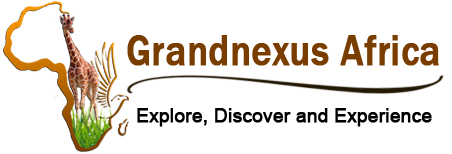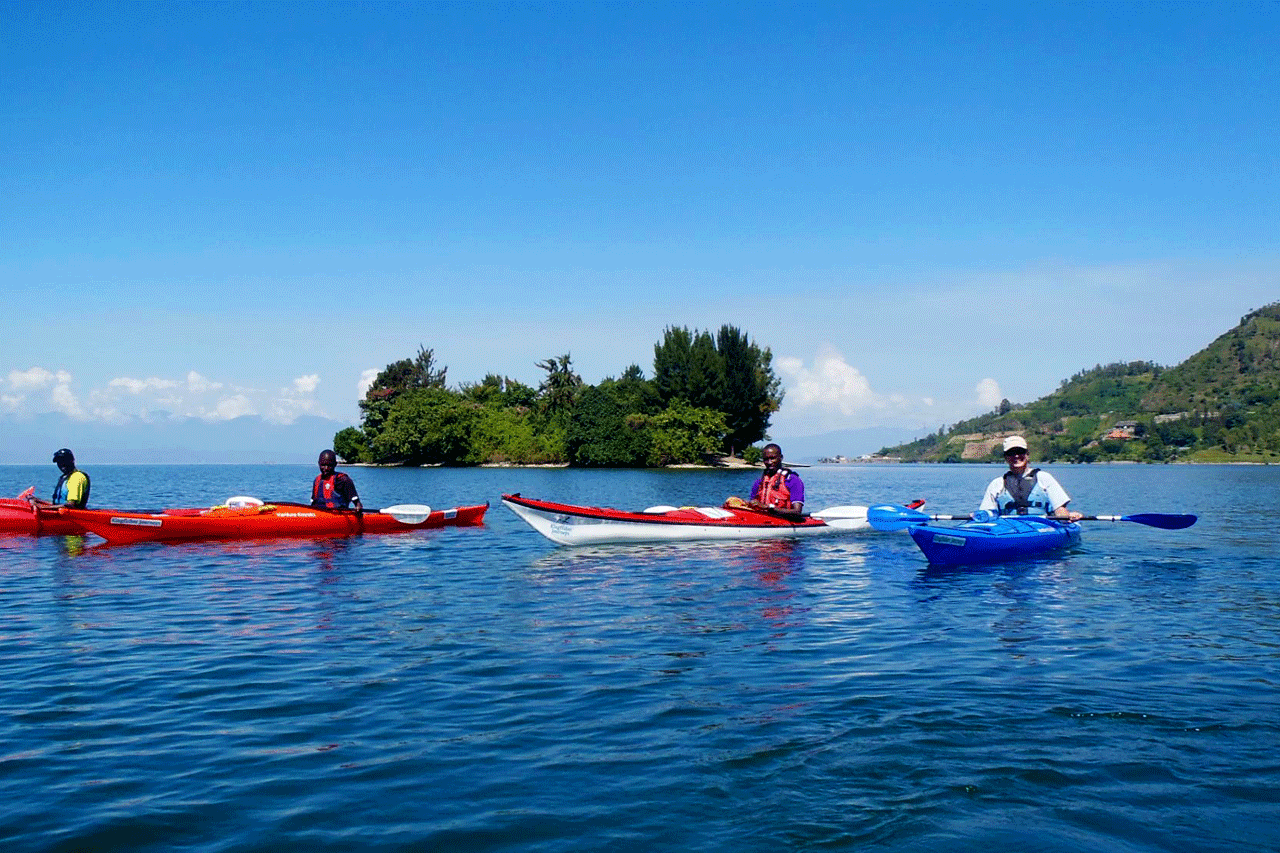Lake Kivu a fresh water lake that lies along Africa’s Great Rift Valley is found along the borders of the republic of Rwanda and Democratic Republic of Congo. Lake Kivu is Rwanda’s largest lake and at the same time the sixth largest lake in Africa pouring its waters into the Ruzizi River flowing southward into Lake Tanganyika.
Lying at 4,790 feet (1,460 m) above sea level, the lake occupies a surface area of 2,700 square kilometres and is 55 miles (90 km) long (north-south) and 30 miles wide (east-west). It has an average depth of 722 feet (220 m) with a maximum depth of 1,558 feet (475 m) and its water volume is 500 km³ with a surface elevation of 1,460 meters.
Lake Kivu contains a number of Islands with Idjwi as the main and largest Island in the world found at the Congo side. There are also a number of villages surrounding the Lake in both sides of Rwanda and Congo that is to say Rubavu also known as Gishenyi, Kibuye and Cyangugu on the side of Rwanda and Goma, Kabare, Sake, Bukavu and Kalehe on the side of the Democratic Republic of Congo.
Being a fresh water lake, it harbours a variety of aquatic animal and these include the different fish species like the Nile Tilapia, Barbus, Haplochromis, Clarias and the Tanganyika Sardine that were later introduced.
The lake is free from dangerous creatures like crocodiles, hippos and also free from water borne diseases like Bilharzia making it favourable for a number of activities.
Some of the activities on the Lake include;
- Fishing tours
- Boat cruise to explore different Islands
- Swimming
- Bird watching
- Relaxation and chilling out
- Water sports like water skiing, wind surfing, wind surfing and paddling
- Hiking and biking along the lake shores
- Beach visits for a cool breeze and natural waves
- Orphanage visits mainly to Imbabazi Orphanage


